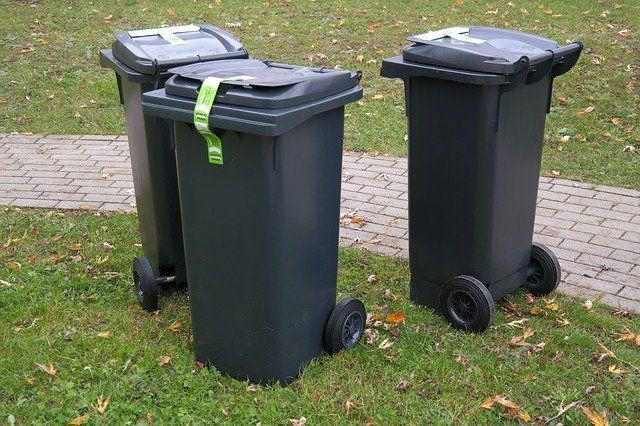Face-Off Between Cockatoos, Humans In Australia For Garbage Dumps Turns Into Behavioral Study
KEY POINTS
- Cockatoos litter around the garbage bins, which is a sore sight for humans
- To beat the cockatoos, humans have developed ingenious techniques to secure garbage bin lids
- However, cockatoos have come up with techniques to foil humans' plans.
A long-drawn-out battle is currently underway in southern Sydney -- an "arms race" between the cockatoos and the residents for garbage access. Who will get the leg up?
The humans want to dispose of the garbage, and the cockatoos want to rummage through it. In their quest to find food, cockatoos litter around the garbage bins, which is a sore sight for humans.
To beat the cockatoos, humans have developed ingenious techniques to secure garbage bin lids. However, cockatoos are not the ones to give up. They come up with counter techniques to foil humans' plans.
"When I first saw a video of the cockatoos opening the bins, I thought it was such an interesting and unique behavior and I knew we needed to look into it," lead author Barbara Klump, a behavioral ecologist at the Max Planck Institute of Animal Behavior, said.
Researchers have documented the methods used by both the warring parties in their study published in the journal Current Biology on Monday.
The obstacle in completely closing the lid is the difficulty in emptying the contents of the garbage bin when tipped by the automatic arm of a garbage truck.
During their study, researchers realized this was a cultural trait.
"The cockatoos learn the behavior from observing other cockatoos and within each group, they sort of have their own special technique, so across a wide geographic range the techniques are more dissimilar," Klump said.
Cockatoos typically open the bins with their beaks by flipping open the lids.
"They really like bread," Klump said. "Once one gets a bin open all the cockatoos in the vicinity will come and try to get something nice to eat."
Researchers surveyed the different approaches used by humans to fortify their garbage bins. Some of them include putting bricks and stones on lids, attaching water bottles to the top, using ropes to hinder the lids from flipping and using sticks to freeze the hinges.
And after cockatoos found a workaround to these methods, humans switched to new ones.
"It's not just a social learning on the cockatoo side, but it's also social learning on the human side," Klump said. "People come up with new protection methods on their own, but a lot of people actually learn it from their neighbors or people on their street, so they get their inspiration from someone else."
Klump augurs more of such human-wildlife conflicts in the future.
"As cities expand, we will have more interactions with wildlife," Klump said. "I'm hoping that there will be a better understanding and more tolerance for the animals that we share our lives with."

© Copyright IBTimes 2025. All rights reserved.





















